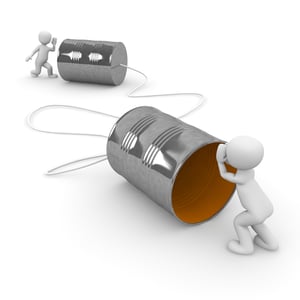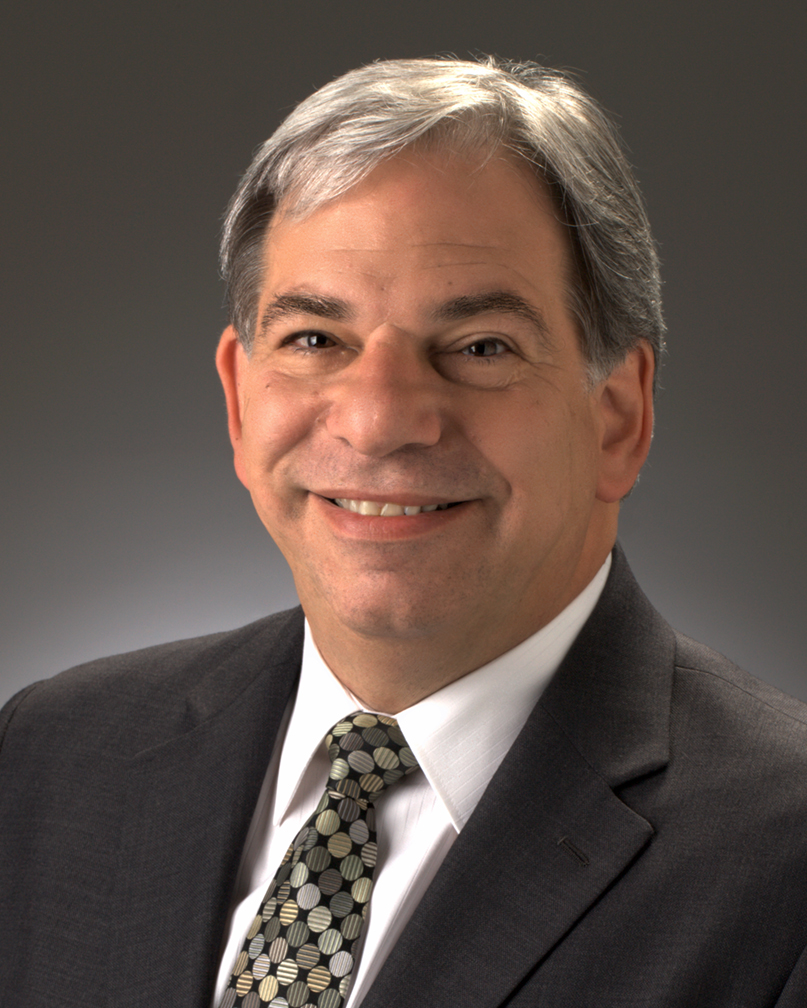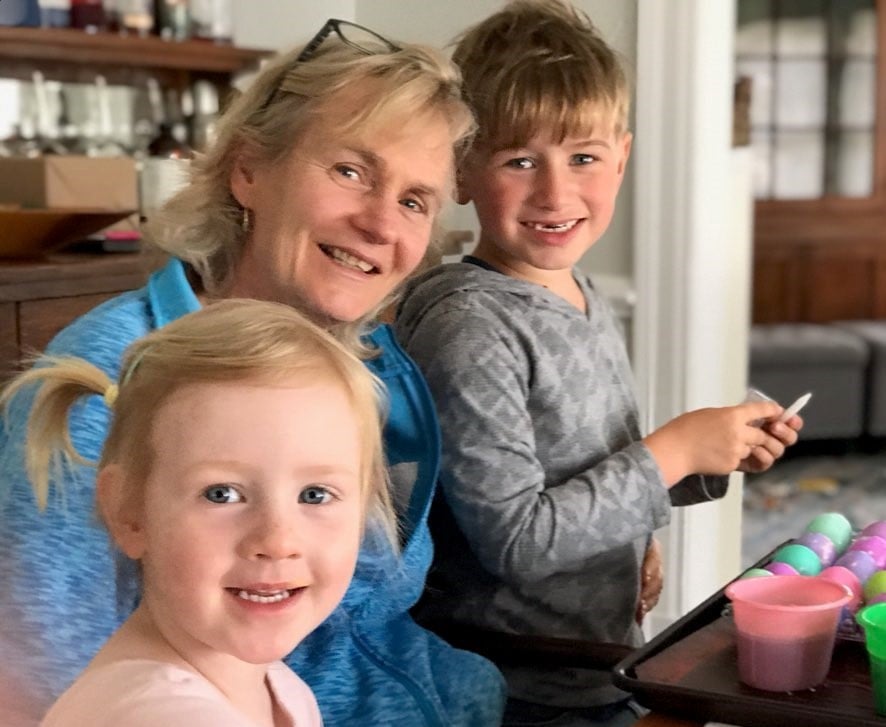Miscommunication is one the most common causes of errors that occur in the dental operatory and in the dental laboratory. Craig Pickett, CDT looks at a typical dental process, from patient complaint to delivery of the restoration, and looks for examples of poor or incomplete communication between the patient, the assistant, the dentist, and the laboratory technician. Problems and mistakes can often be the result of poor communication.

Q. Craig, How can a lab and dentist improve upon their communication in order to prevent typical mistakes in the dental process?
A. I'll explain with a non-dental anecdote.
Recently I posted a ‘Pet Peeve’ on a neighborhood blog that elicited 140 responses from neighbors over a wide area. Some just flat disagreed with me, many missed the point entirely, and some had rather interesting things to say about me and my thoughts. Some were just angry there were so many e-mails in their inbox.
Whatever the case, my neighbors definitely have a problem with communication. I spend a lot of time writing various pieces of content. I thought I would be able to express my thoughts in a succinct and logical manner, backed up by examples or research to justify my position. Apparently, at least with this group of individuals, I did not communicate it well.
“The single biggest problem in communication is the illusion that it has taken place.”
- George Bernard Shaw
I guess old G.B. Shaw is right…Illusion.
So, in the world of dentistry, are we doing a great job of communicating, or are we at times laboring under an illusion? Let’s examine and honestly evaluate what we see through the classic doctor-lab communication.
It all begins with the patient. The patient begins by contacting the office. Either they have a problem or they want to visit the dentist to determine if there is a problem. (Of course there is the dental office marketing piece that may get them to phone in…we’ll talk about that in a future blog.)
Generally, the front office hears the problem first. Naturally, patients won't say ‘I have a crack in #30 and every time I bite down, I’m getting pain along the inferior alveolar nerve’. They just say, “I have a toothache.” That is communication. Just not very specific or effective communication. The more precise communication begins with the patient describing the problem to the dental assistant. “It hurts right here.” Ah, a location! Actual communication is now started, but is a long way from resolution.
You know how this resolves on the clinical side. The tooth needs a crown and the clinical team does the job they have been trained to do. They take an impression, which is a part of the silent communication process. (Sometimes the impression communicates well and sometimes it does not.)
They then write a prescription which might communicate well -- but more often than not, does not. We may read barely legible hieroglyphics…PFZ A2 #28. The front desk makes an appointment based on the doctor’s schedule, then starts communication with the lab by simply saying, “We have a pick-up.” The lab driver grabs the case, returns it to the lab and then someone adds it to the schedule. The lab makes the A2 PFZ #28 and returns it to the doctor’s office JIT (just in time) - often because the lab was overloaded with work but did not communicate that to the office.
The patient arrives and the doctor attempts to place the crown and finds out that for the past two weeks the patient has been bleaching their teeth (The patient did not communicate that to the office…oops).
A new Rx is filled out with a new shade; the patient re-appointed (once again no communication with the laboratory). Doctor writes REMAKE on the script (generally communication code for ‘don’t charge me again’). The office needs the crown returned now as a RUSH because the patient did not communicate to the office that they are in a wedding next week . . . and round and round it goes.
Interestingly enough, we have been doing this for generations, believing that all during the process, effective communication has taken place. Amazingly, we actually do get crowns, bridges, partials, dentures and all manner of dental appliances delivered to patients. Once again, are we actually doing exactly what Mr. Shaw suggests… are we “Under the Illusion” that communication has taken place?
“Every act of communication is a miracle of translation.”
- Ken Liu
Thankfully, most of us understand the hieroglyphics that describe a dental restoration, although different schools teach different acronyms for descriptive terms. It is the regular language that we have a hard time translating. We labor under certain assumptions based on history. Unfortunately, these assumptions do fall into the old adage about when you ass-u-me.
The urgency, the necessity, the inconvenience, the over-reach, the impossibility…all need to be communicated.
It is hard enough to get the communication right between just two people, the one who creates the thought and expresses it and the one who receives the expression and translates it into their own understanding. Now, add two more or three more people, and you could have the Tower of Babel all over again!
For effective communication, we all need to agree that there needs to be rules. To have only one of the parties set the rules will not make for good communication. All parties need to be invested in that contract. This form of communication ground-rules works, but often needs documentation to rein in the thoughts of each of the participants. Each party must strive to be very clear with their message, written or verbal.
We can just combine our two quoted thinkers and simply say;
The problem with communication is the illusion that we believe we are capable of creating a miracle out of the translation.











Leave a comment